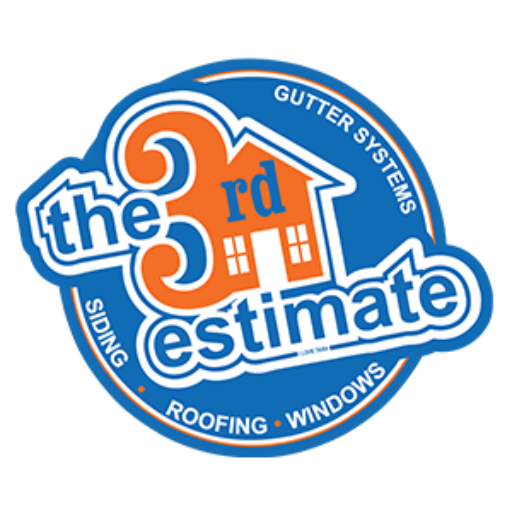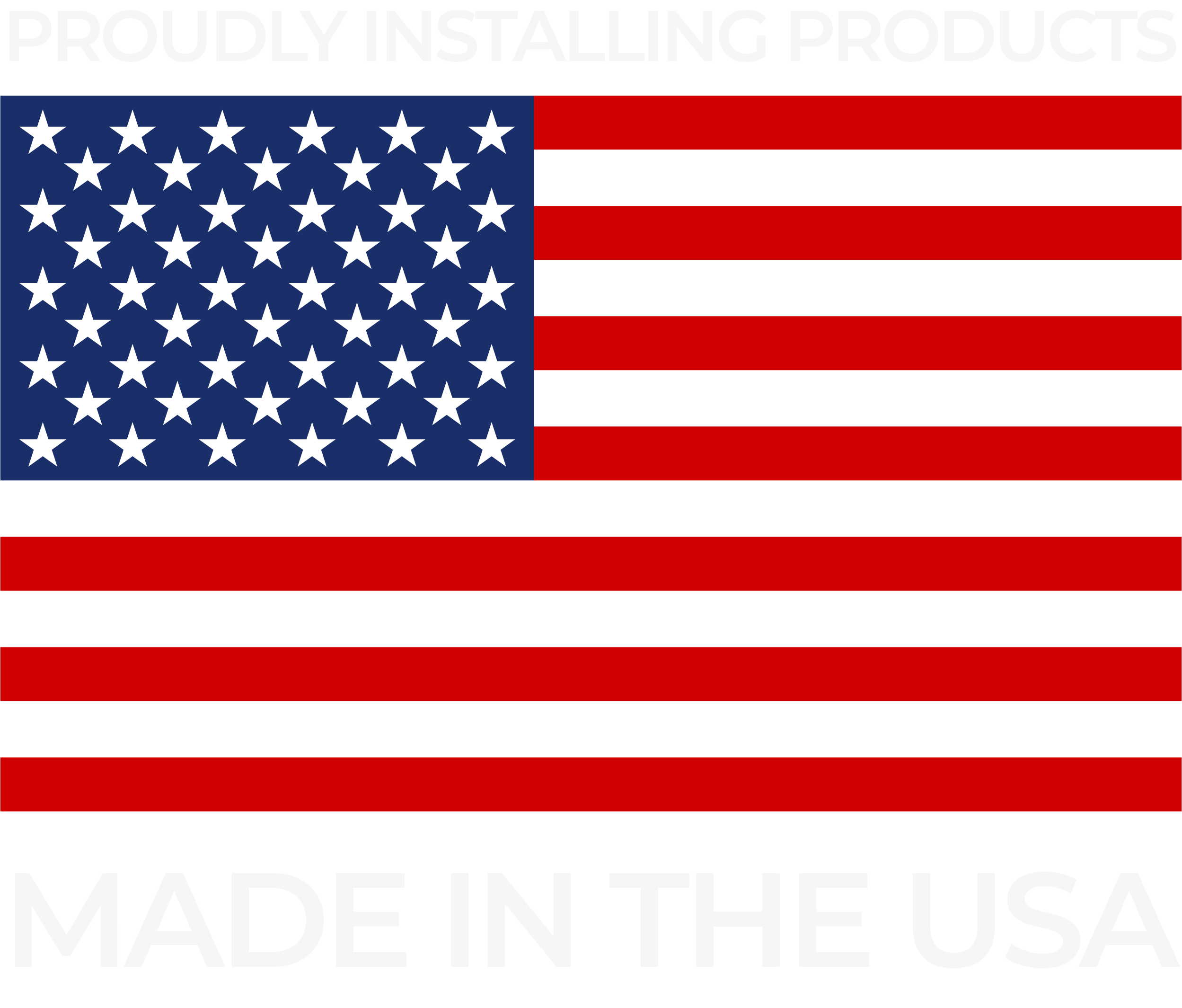We know that repairing or replacing your roof is a major investment in what may be your biggest asset–your home.
That’s why we listen carefully to your concerns and provide quality roofing service at budget-friendly prices.
We’re a family-owned business that’s small enough to listen and big enough to deliver!
We provide a 24-month financing, same as cash option, as well as a limited lifetime warranty.
Simply fill out the form below or give us a call at (330) 922-3200 today and let us take the stress out of your home improvement project.
The Importance of Mold and Leak Prevention for Solon, Ohio Homeowners
As a homeowner in Solon, Ohio, you know that mold and leaks can cause serious damage to your home. That’s why it’s important to take steps to prevent mold and leaks from occurring in the first place.
Here’s what you should be aware of roof leak problems, mold, and how to protect your home.
If you have a leaky roof, the water will go first into your ceiling. And if you have an attic, it will go straight into there too. That means that all of the contents of your attic – all of your boxes of holiday decorations, all of those old family photo albums – are at risk of being damaged because of water intrusion.
A leaking roof could be costly due to maintenance and repair. Not only that, but a roof leak can also darken and stain your ceiling, damaging your interior and even your entire house, and over time it can cause the ceiling to collapse.

When you notice a roof leak in your home, it is important to take safety precautions and have an electrician check out the damage. This is because if wiring is nearby, there is a potential for errant sparks to cause fires or shocks.
In addition, one of the worst nightmares of every parent is a slippery floor because it’s easy for children to get trapped. A leaky roof will only make this problem severe, as puddles form from leaking into your home and causing their way onto carpets or staircases for example.
Therefore, ensuring that the entire area is inspected for safety hazards is important. Hiring a professional roofing contractor is a must for every homeowner to check the whole system and ensure that there are no other safety risks. Following these tips and precautions can ensure your family is safe from risk.
Leaks through your roof may come straight down onto your attic floor, but it usually runs along the underside to a wall and down any other framing. Over time this wet wood develops rot which can lead to expensive problems such as sponginess in walls or foundations becoming flooded with standing water.
- Age of roof -The lifespan of roofs is often much shorter than what was originally installed. The main factor is the quality of the installation or the roof itself.
- Missing or broken shingles – When water penetrates the shingles, expect that it has roof leaks. Not only that, but it can also cause rot and fall off your ceiling, and it can be a major issue because you have no protection against rain or snowfall, which could lead to more extensive damage to your house!
- Clogged gutters – When leaves and other debris get stuck it might cause damage to your gutter system, and it can lead to a leaky roof. It’s because rainwater will not be able to flow freely during downpours or melting snow for fear that it’ll fall off the house onto what’s below- potentially damaging anything underneath!
- Damaged Chimney – If you’ve noticed cracks or other damages to the chimney, water can seep through and eventually pool up, causing structural damage or the roof to leak into your home. This is why early detection of damage to chimneys is crucial in avoiding evaporation from the roof.
- Ice Dams – When ice builds up on the edge of a roof, it can prevent melting snow from draining off, and the blocked water may back up and leak into the home, causing water intrusion. It can be a serious problem, which is why it’s important to clear any ice and snow build-up from the roof’s edge to prevent leaks.
- Improperly sealed valleys – When it comes to a leaking roof, valleys are one of the most common areas or places for water intrusion. This is because valleys are the low points on the roof where two planes come together, making them susceptible to leakages if they are not appropriately sealed. In addition, rainwater running down the roof can easily pool in these areas and cause further damage. If left untreated, roof leaks can eventually lead to water damage to the home’s interior, which can be costly and hard to repair. It is important to be vigilant about spotting potential leak sources on your roof and taking steps to seal them before they become a bigger problem.
- Poor roofing materials – Many roofing contractors will use whatever materials are cheapest or easiest to obtain without considering the roof’s specific needs. This can lead to serious problems down the road, as certain roofing materials are only designed for certain types of roofs. So leaks can quickly occur if your roof is not constructed with adequate and proper fitting materials. Ensure that your contractor uses the appropriate materials, and if you are unsure what materials should be used, you can always ask for a recommendation from a professional roofing company.
We all know leaky roofs are dangerous, but did you also realize how much they can affect your family’s health?
According to University of Iowa, a leaky roof could cause a greater chance of developing mold inside your home. And that’s not all – the study also found that when mold is in your home, your family has an increased risk of respiratory problems.
But first, let us know what mold is and why it can affect your family’s health.
Mold is a kind of fungus that thrives in damp environments. When mold spores come into contact with water, they quickly grow and multiply. If left unchecked, mold can spread rapidly throughout your home, causing all sorts of damage.
- Limited growth – is a type of mold where the only moisture in an attic causes condensation to occur. In these cases, it will be easier for you if your problem goes away after fixing both leaks and killing all existing spores, so there’s no need to take further action besides cleaning up any messes made by this fungus. Mold can exist anywhere – on walls (point humidities), around light fixtures/switches, and inside electrical outlets! It may sound scary, but most householders have never seen anything other than blackened surfaces due to mold growth.
- Systemic growth – is when a roof leak causes enough moisture accumulation to trigger mold growth throughout the attic. In this instance, mold remediation won’t be straightforward, and you’ll require help from a professional to restore your home’s original condition.
Mold is not just unsightly. It can harm your health too. If someone in your family has a weakened immune system—for example, if you have cancer or HIV/AIDS—you’re at risk for severe health problems due to mold exposure.
- Watery Eyes
- Coughing
- Stuffy Nose
- Whizzing
- Difficulty in Breathing
- Headache and fatigue
Rapid mold growth can cause wood rot and cracks in plaster and drywall. In extreme cases, mold infestations can even lead to serious problems like the collapse of ceilings and walls. Needless to say, dealing with a mold infestation is no picnic—and it’s important to take steps to prevent one from happening.
- Ceiling
- Wall
- Attic
- Underneath the flooring
- Basement
The best way to avoid leaky roofs is by fixing them as soon as possible. Preventing this problem in the first place will help you maintain your home’s value and pride, reducing water damage and preventing mold from growing, which can cause serious health problems. As we mentioned before, mold thrives in damp and humid environments; so if it leaks into your home through your roof, chances are good that you will end up with a mold problem at some point down the line. That’s why we need to take care of our roof leaks and take action right away.
If you already see mold in your house, you’ll need to act and quickly eliminate it. Here are a few steps to take:
1. Identify the source of the problem – Mold is often found in damp, dark areas like basements or bathrooms, and if you can find the source of the moisture, you can often stop the mold from growing.
2. Ventilate the area – Once you’ve found the source of the mold, open the window and turn on a fan so air can circulate and dry out the area.
3. Clean surfaces with mold – Use a solution of bleach and water to kill mold spores. Be sure to protect yourself with gloves and a mask when working with bleach.
4. Prevent future growth – Once you’ve gotten rid of the mold, please take steps to prevent it from returning. Fix leaks promptly, keep the humidity level in your home low, and clean regularly.
- Air Purifying Respirator (mask)
- Disposable Gloves
- Disposable Hair covers
- Disposable shoe covers
- Safety Goggles
Focusing on preventive measures instead of reactive ones is very important when it comes to your roof. To keep water from entering and ruining everything inside the house–including expensive items like electrical wiring or plumbing fixtures-you need an annual inspection by professionals to see if there are repairs needed.
THE THIRD ESTIMATE IS YOUR ROOFING CONTRACTOR IN SOLON, OHIO
If you’re looking for the best roofing contractor who can help you keep your home dry and healthy, look no further than Third Estimate. Our experts will perform routine preventive maintenance on your roof to diagnose any sign of leakage and fix it before things get worse (and expensive). We’ll even provide an estimate, so there’s no guessing involved! In addition, we’ll advise you on the best materials to use to keep water out, such as shingle options that are best suited for different properties. So don’t wait until it’s too late – contact Third Estimate today!

